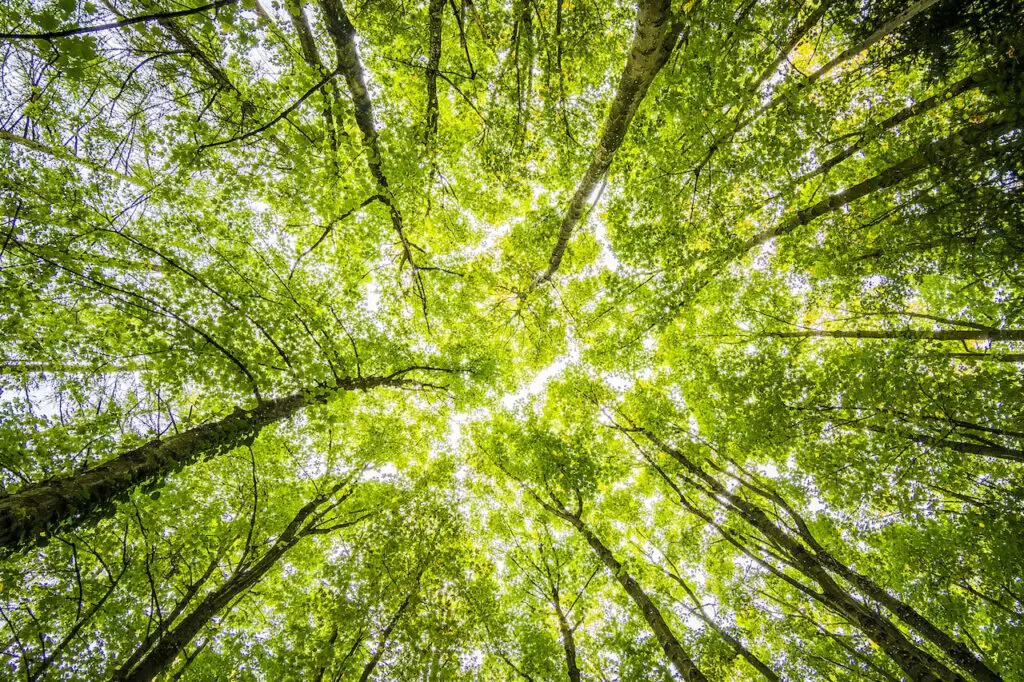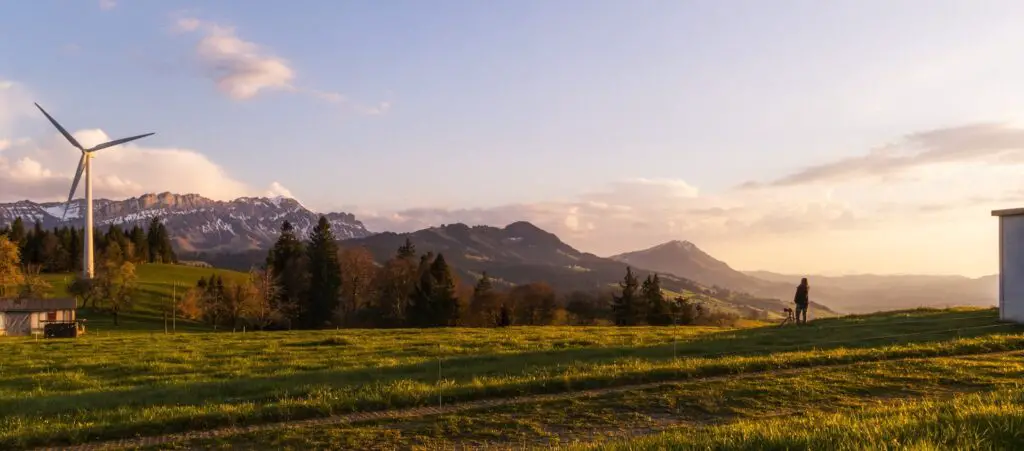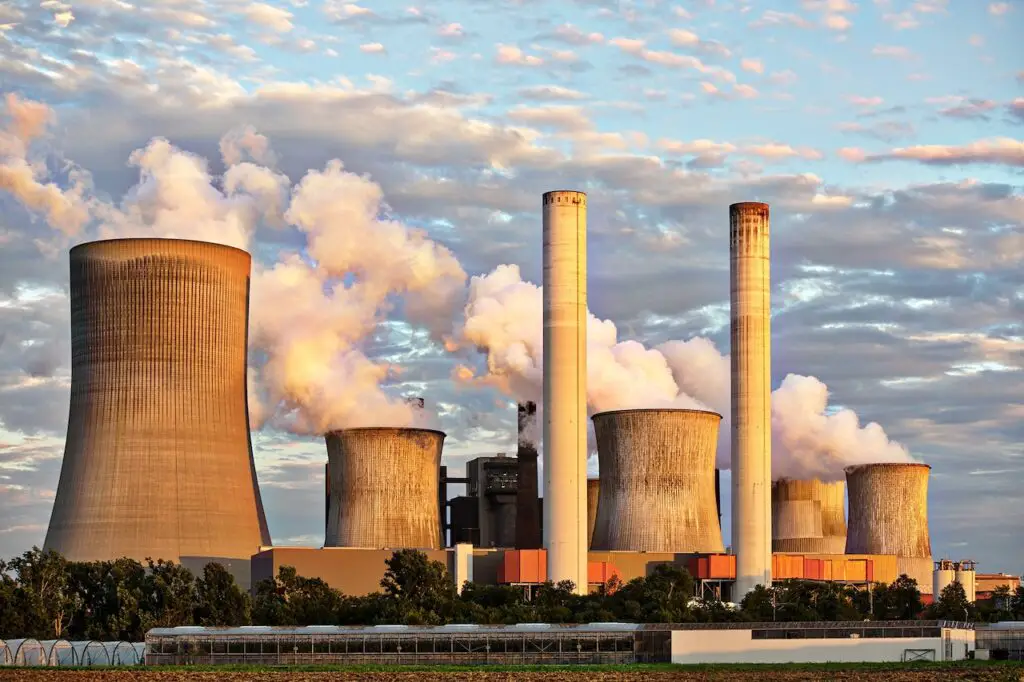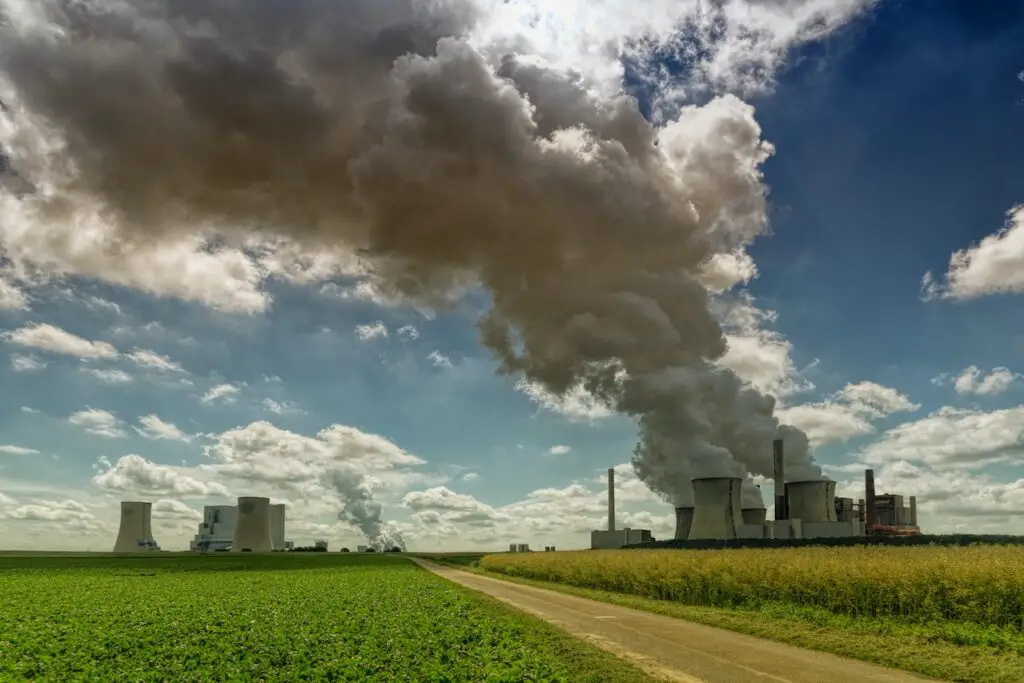As the world grapples with the effects of climate change, individuals are becoming more aware of their carbon footprint. Governments and organizations are taking steps to reduce their carbon emissions, but individuals can also play a role in reducing their carbon footprint. One way to do this is by planting trees to offset carbon emissions.
But how many trees do you need to plant to offset one tonne of CO2? The answer is not straightforward. It depends on several factors, including the type of tree, the location of the tree, and the age of the tree. However, there are some general guidelines that can help individuals understand the impact of tree planting on carbon emissions.
This article will explore the relationship between carbon emissions and tree planting. It will provide an overview of how trees absorb and store carbon, and how individuals can calculate the number of trees they need to plant to offset their carbon emissions. By the end of this article, readers will have a better understanding of the role of tree planting in reducing carbon emissions and how they can take action to reduce their carbon footprint.

What is Carbon Offsetting?
Carbon offsetting is a way to compensate for carbon emissions by investing in projects that reduce or remove greenhouse gases from the atmosphere. The goal is to achieve a net-zero carbon footprint by balancing the amount of carbon dioxide released with an equivalent amount removed or prevented from entering the atmosphere.
Carbon offsetting projects can take many forms, including renewable energy development, forest conservation, and reforestation. These projects are typically certified by independent third-party organizations to ensure that they meet rigorous standards for environmental integrity and social benefits.
Carbon offsetting is not a substitute for reducing carbon emissions at their source. However, it can be a useful tool for individuals, businesses, and governments to take responsibility for their carbon footprint and support the transition to a low-carbon economy.
How Does Planting Trees Help with Carbon Offseting?
Planting trees is one of the most effective ways to offset carbon emissions. Trees absorb carbon dioxide from the atmosphere and convert it into oxygen through photosynthesis. The more trees there are, the more carbon dioxide they can absorb, which helps to reduce the amount of greenhouse gases in the atmosphere.
When trees are planted, they also provide a number of other benefits. They help to prevent soil erosion, provide habitats for wildlife, and can even help to reduce the temperature in urban areas. In addition, trees can help to improve air quality by filtering out pollutants.
To calculate how many trees are needed to offset one tonne of CO2 emissions, it depends on a number of factors, such as the type of tree, its age, and the location where it is planted. On average, it is estimated that one tree can absorb about 22 kilograms of CO2 per year during its first 20 years of growth.
However, it is important to note that planting trees alone is not enough to solve the problem of climate change. It is just one part of a larger effort to reduce greenhouse gas emissions and transition to renewable energy sources. Nevertheless, planting trees is an important step towards a more sustainable future.
What is the carbon sequestration rate of trees?
Trees are natural carbon sinks that absorb carbon dioxide from the atmosphere through photosynthesis and store it in their biomass. The amount of carbon sequestered by a tree depends on several factors including species, age, size, and location.
According to the United States Forest Service, a single tree can absorb up to 48 pounds of CO2 per year, depending on its size and species. On average, a mature tree can sequester around 13 pounds of carbon dioxide annually. However, younger trees have a higher carbon sequestration rate than mature trees as they are rapidly growing and actively photosynthesizing.
The carbon sequestration rate of trees also varies depending on their location. Trees in tropical forests have a higher carbon sequestration rate than those in temperate forests due to their year-round growing season and high biodiversity. Additionally, trees in wetlands and peatlands have a higher carbon sequestration rate than those in upland areas due to the waterlogged soil conditions that slow down the decomposition process.
It is important to note that the carbon sequestration rate of trees is not constant and declines as the tree matures and reaches its maximum growth potential. Therefore, planting new trees is crucial to maintain a high rate of carbon sequestration and combat climate change.
How to Calculate the Number of Trees Needed to Offset 1 Tonne of CO2?
Step 1: Determine the Species of Tree
The first step in calculating the number of trees needed to offset 1 tonne of CO2 is to determine the species of tree. Different species of trees have different carbon sequestration rates, which means that some trees are more effective at absorbing CO2 than others.
Step 2: Find the Carbon Sequestration Rate of the Tree
Once the species of tree has been determined, the next step is to find the carbon sequestration rate of the tree. This rate refers to the amount of CO2 that the tree can absorb and store over its lifetime. The carbon sequestration rate can vary depending on a number of factors, including the age and health of the tree, as well as environmental conditions such as temperature and rainfall.
Step 3: Calculate the Number of Trees Needed to Offset 1 Tonne of CO2
With the species of tree and carbon sequestration rate determined, the final step is to calculate the number of trees needed to offset 1 tonne of CO2. This can be done using a simple formula:
| Species of Tree | Carbon Sequestration Rate (kg CO2 per tree per year) | Number of Trees Needed to Offset 1 Tonne of CO2 |
|---|---|---|
| Black Walnut | 42 | 24 |
| White Pine | 24 | 41 |
| Norway Spruce | 18 | 56 |
For example, if the carbon sequestration rate of a black walnut tree is 42kg CO2 per tree per year, then it would take approximately 24 black walnut trees to offset 1 tonne of CO2 in a year.
Conclusion
Planting trees is a great way to offset carbon emissions, but the number of trees needed to offset 1 tonne of CO2 varies depending on several factors such as tree species, age, location, and soil conditions. According to the sources cited, it can take between 31 and 640 trees to offset 1 tonne of CO2 emissions.
Reforestation programs can help to maximize the carbon sequestration potential of trees, but it is important to choose the right location and tree species to ensure the best results. Some native forests are much more adept at storing and removing carbon emissions than others.
Calculating the exact number of trees needed to offset carbon emissions can be challenging, but there are many online carbon footprint calculators available that can help individuals and businesses estimate their carbon emissions and determine the number of trees needed to offset them.
It is important to note that planting trees is just one of many ways to reduce carbon emissions and combat climate change. Individuals and businesses can also reduce their carbon footprint by using renewable energy, reducing energy consumption, and supporting policies that promote sustainability and environmental protection.




